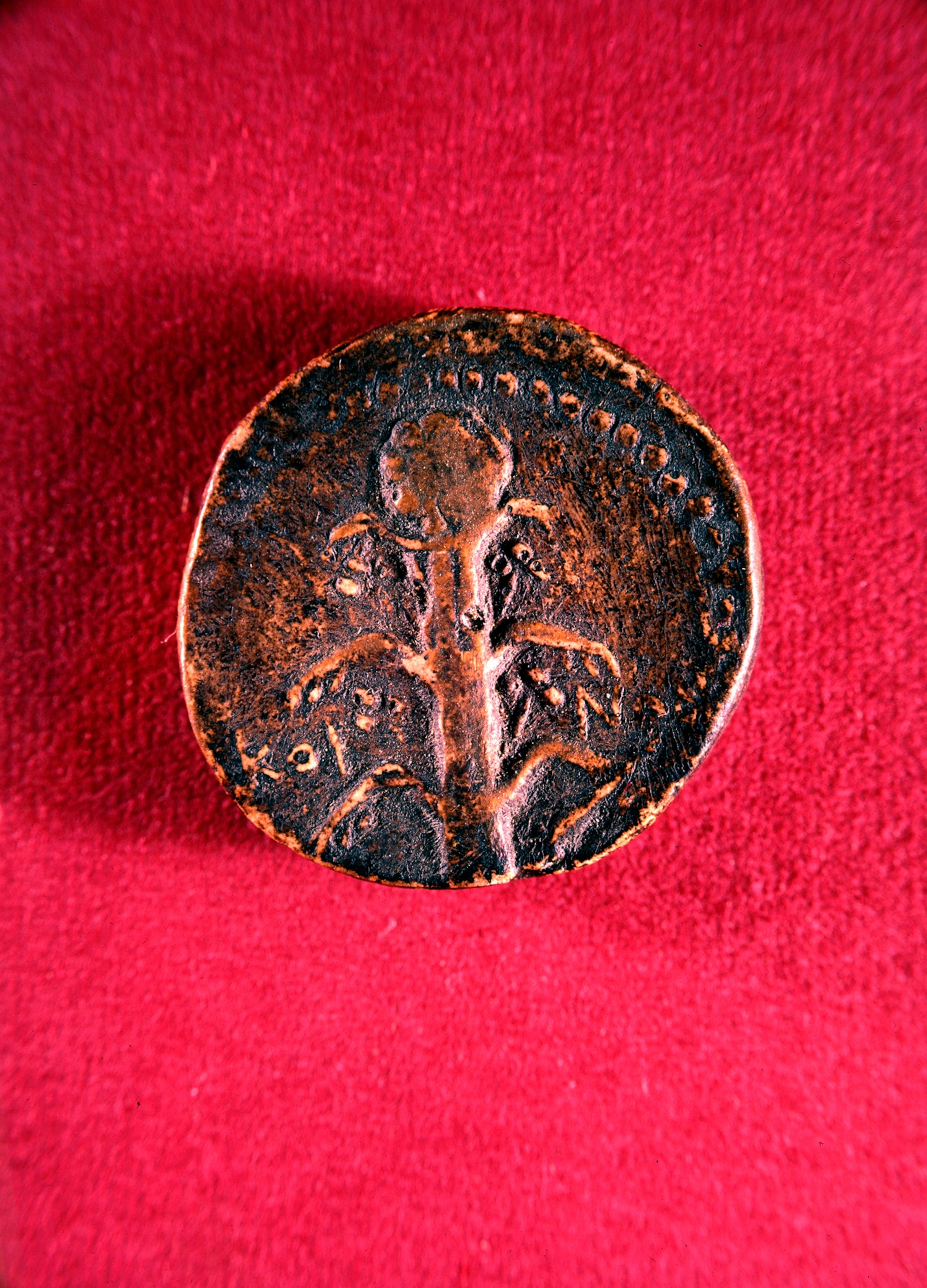
Fennel: Multitasking Vegetable, Ancient Birth Control
Silphium, a fennel relative, may be the reason the early Roman population stayed steady or decreased, even in peacetime.
Fennel (Foeniculum vulgare) is a member of the carrot family, along with parsley, celery, dill, coriander, and cilantro. Unlike its graceful relatives, however, fennel is clunky and funny-looking. It has a bulbous, crunchy, white stem base topped with green stems and feathery leaves. Like anything with a fat bottom and a scrawny top, it inevitably invites jokes.
Unlike most vegetable plants, almost every bit of fennel—base, stalks, leaves, and seeds—is edible. Variously sliced, diced, chopped, and sautéed, the fat fennel stem (which tastes attractively of licorice) is yummy in a wide range of recipes, from salad to ceviche.
(Sex and the Celery: Ancient Greeks Get Busy With Help From Veggies)
While fennel has long been touted as a tasty and creative food, once upon a time it was also big business. In the ancient world, a variety of giant fennel known as silphium made a fortune for Cyrene, a Greek colony in North Africa, now Libya. Silphium was so essential to the Cyrenian economy that its image appeared on their coins, both as a heart-shaped seed pod—possibly the source of the classic heart icon that pops up today on Valentines—or accompanied by the image of a woman pointing suggestively to her pubis.

There’s a good reason for this last. Cyrenian silphium was a popular ingredient in Roman recipes—Apicius in De Re Coquinaria recommends serving it with boiled melon— but its real desirability seems to have stemmed from its effectiveness as a contraceptive. Fennel, in the world BCE, may have been the closest thing available to a morning-after pill.
Unfortunately, we can’t prove it. Silphium apparently went extinct sometime in the first century CE, possibly due to over-harvesting for purposes of ancient birth control. Pliny the Elder, who also recommended it for snakebite, scorpion stings, mange, gout, and epilepsy—but not toothache, he cautions, because a man who once unwisely packed a painful tooth with silphium ending up jumping off a cliff—claims that the world’s final stalk of silphium was devoured by the emperor Nero.
John Riddle, author of Eve’s Herbs, a history of contraceptives, argues that fennel-supported family planning may be the reason that the Roman population either stayed steady or decreased, even in periods of peace and prosperity, eras usually conducive to babies.
While silphium is long-gone, extant fennel relatives have been shown to contain ferujol, a compound effective at preventing pregnancy in rats; and the seeds of Queen Anne’s lace (wild carrot), another fennel cousin with a long history as a contraceptive and abortifacient, have been shown to block the production of the hormone progesterone, essential for the uterine implantation of the fertilized egg. In other words, it’s likely that silphium was a reliable birth-control agent, just as the ancients claimed.
A feeble replacement for lost silphium was asafoedita, another fennel relative, native to the eastern Mediterranean, Afghanistan, and Iran, and similarly used as a contraceptive. The name comes from the Persian aza, meaning resin, and the Latin foetida, meaning stinking —which last is the regrettable truth; asafoetida is nicknamed devil’s dung because that’s what it smells like. (One writer describes it as a blend of manure and over-cooked cabbage.)
The odoriferous resin is produced by the plant’s fleshy, four-year-old taproots; dried and powdered, it’s popular in Indian cuisine. The nose-curdling smell mercifully goes away when asafoedita is dropped into hot butter or oil, which transforms it into an appealing garlic-like aroma. In the West, asafoetida contributes to the spicy bouquet of Worcestershire sauce.
In the early 20th century, foul-smelling asafoetida had a reputation as a cure-all, presumably under the assumption that no disease organism would want to come near it. It was even listed by the U.S. Pharmacopeia as a remedy for the 1918 Spanish flu. Generations of unhappy schoolchildren were made to wear asafoetida bags around their necks to ward off everything from polio to measles, whooping cough, and the common cold. In some cases, it may actually have helped: certainly nobody wanted to get close to anyone sporting an asafoetida bag, which may have cut down on contagion.
As such, it probably also had a dampening effect on sex.
But that’s probably not what the Romans had in mind.





